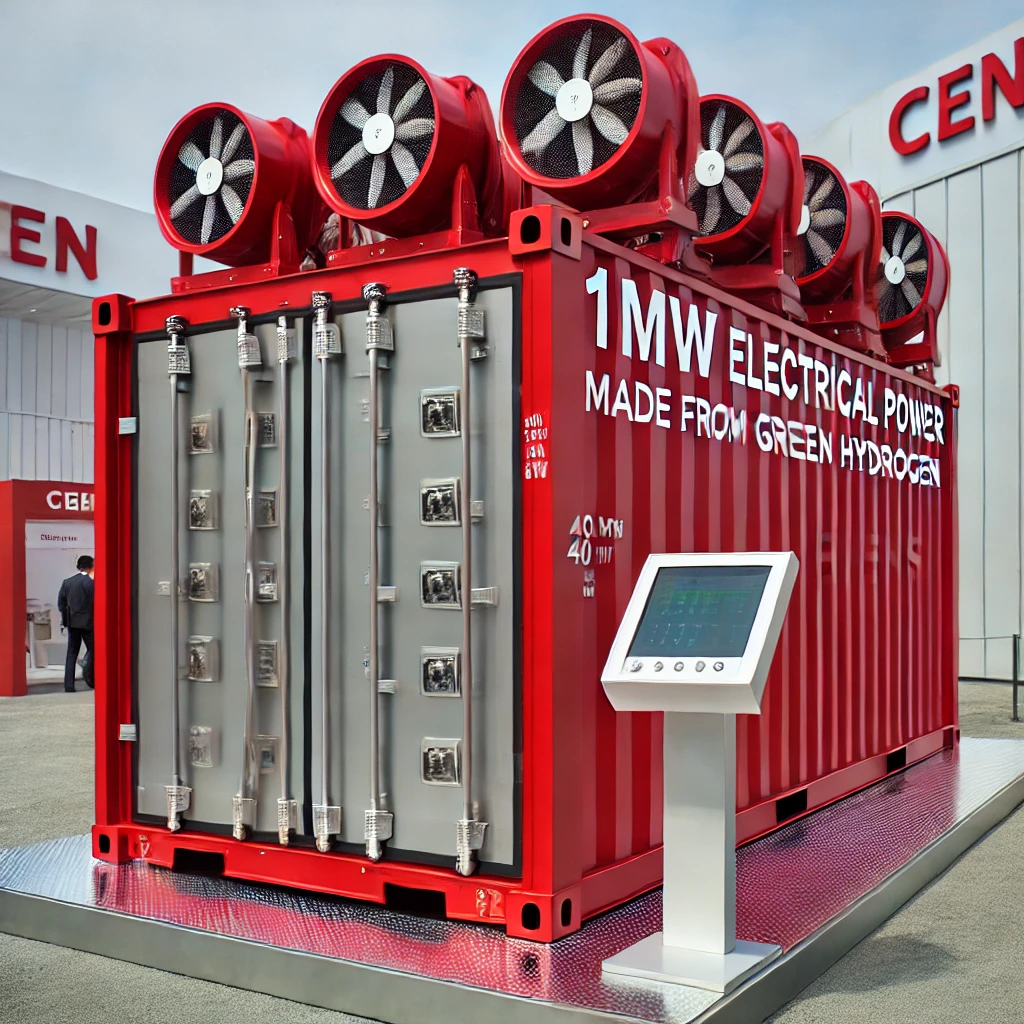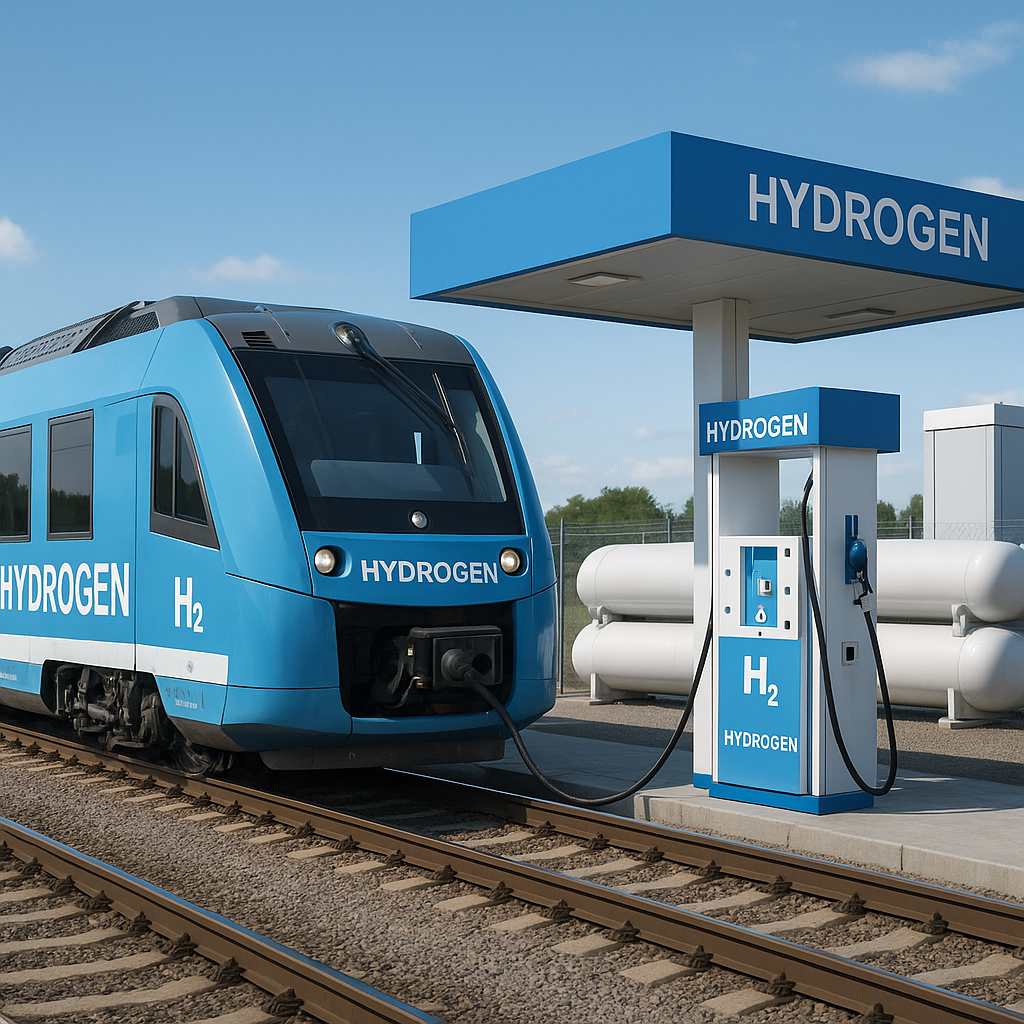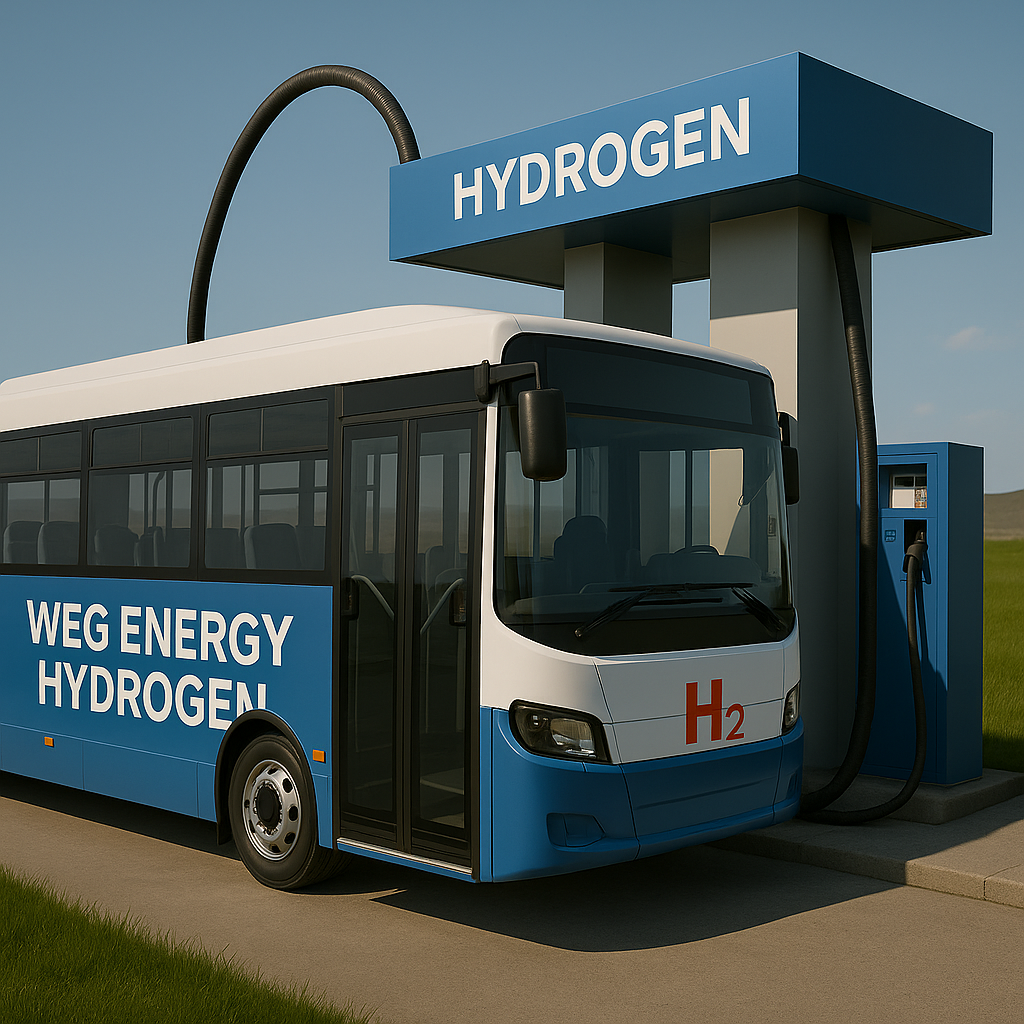
FROM JET FUEL TO CUSTOM GREEN HYDROGEN FUEL
Green Hydrogen
Green Energy & Fuel Options
WEG ENERGY (CUSTOM HYDROGEN FUEL)
JET FUEL MADE FROM ELECTROLYSIS PROCESS
Summary: How Jet Fuel Is Made from Hydrogen
- Electrolysis:
Renewable electricity is used to split water into hydrogen (H₂) and oxygen (O₂). - CO₂ Capture:
CO₂ is captured from the air or industrial sources using Direct Air Capture or Carbon Capture technology. - Syngas Creation:
Hydrogen (H₂) and carbon dioxide (CO₂) are converted into carbon monoxide (CO) and additional hydrogen to form syngas. - Fischer-Tropsch Synthesis:
Syngas is processed in a Fischer-Tropsch reactor to produce liquid hydrocarbons, the building blocks of synthetic fuels. - Refining:
The hydrocarbon mix is refined and treated to match jet fuel standards such as Jet-A, Jet-A1, or SAF (Sustainable Aviation Fuel).
GREEN HYDROGEN ROAD AND RAIL
Green hydrogen refers to hydrogen gas produced through a process called electrolysis using renewable energy sources like wind or solar power or WEG Custom Solution. This method avoids carbon emissions, making green hydrogen an environmentally friendly alternative to traditional hydrogen production methods that rely on fossil fuels.
HYDROGEN FUEL FOR OUR - GREEN - TRAINS, TROLLEY & BUS.
HYDROGEN SOLUTIONS

ONE MEGA-WATT HYDROGEN CONTAINER

HYDROGEN PIPELINE
Anion Exchange Membrane (AEM) Electrolysis – A Detailed Overview
What is AEM Electrolysis?
Anion Exchange Membrane (AEM) electrolysis is an emerging water electrolysis technology that combines the advantages of Alkaline Electrolysis (AEL) and Proton Exchange Membrane (PEM) Electrolysis. It uses an anion-conducting membrane instead of a liquid electrolyte, offering a balance between cost-effectiveness and high efficiency.
AEM electrolysis is still in its early stages of commercialization but has significant potential due to its ability to operate with low-cost, non-precious metal catalysts and reduced system complexity.
1. How AEM Electrolysis Works
AEM electrolysis follows the same fundamental process of splitting water into hydrogen and oxygen using electricity. However, it does so using an anion-exchange membrane that allows hydroxide ions (OH⁻) to pass through while preventing gas crossover.
Electrochemical Reactions in AEM Electrolysis:
- At the anode (positive electrode): 4OH−→O2+2H2O+4e−4OH^- \right arrow O_2 + 2H_2O + 4e^-4OH−→O2+2H2O+4e−
- Hydroxide ions (OH⁻) are oxidized to produce oxygen (O₂), water, and electrons.
- At the cathode (negative electrode): 2H2O+2e−→H2+2OH−2H_2O + 2e^- \right arrow H_2 + 2OH^-2H2O+2e−→H2+2OH−
- Water is reduced to generate hydrogen (H₂) and hydroxide ions (OH⁻), which migrate through the membrane toward the anode.
Membrane Role:
- The anion exchange membrane selectively allows OH⁻ ions to move from the cathode to the anode.
- This prevents gas crossover, ensuring high hydrogen purity.
- Unlike PEM electrolysis, AEM does not require expensive platinum-group metals for catalysts.
2. Key Components of an AEM Electrolyzer
A typical AEM electrolyzer consists of the following main components:
| Component | Function |
|---|---|
| Anion Exchange Membrane (AEM) | Conducts hydroxide ions (OH⁻) while preventing gas mixing. |
| Electrodes (Catalysts) | Facilitate hydrogen and oxygen evolution reactions. Uses non-precious metals like nickel, iron, or cobalt. |
| Bipolar Plates | Distribute water and current evenly across the membrane. |
| Water Feed System | Supplies water to the cathode side for hydrogen production. |
| Gas Separators | Ensure hydrogen and oxygen gases are collected separately. |
3. Operating Conditions
| Parameter | Typical Values |
|---|---|
| Operating Temperature | 40–80°C |
| Operating Pressure | Up to 30 bar |
| Electrolyte | Alkaline solution or pure water |
| Current Density | 0.3–2 A/cm² |
| Efficiency | 65–85% (higher than alkaline, close to PEM) |
AEM can operate without highly concentrated KOH or NaOH, unlike conventional alkaline electrolysis, making it safer and more environmentally friendly.
4. Advantages of AEM Electrolysis
a) Cost-Effectiveness
- No need for expensive catalysts (e.g., platinum or iridium). Instead, nickel, iron, or cobalt can be used.
- Uses cheaper cell materials than PEM systems.
- Can operate with pure water instead of hazardous alkaline solutions, reducing maintenance costs.
b) High Efficiency
- Efficiency is comparable to PEM electrolysis but with lower operational costs.
- Works at moderate temperatures (40–80°C), reducing energy consumption.
c) Scalability & Safety
- Safer operation than traditional alkaline electrolysis due to the absence of highly concentrated liquid electrolytes.
- Can be scaled up for industrial use while retaining cost advantages.
5. Challenges & Limitations of AEM Electrolysis
a) Membrane Durability
- AEM membranes degrade over time when exposed to carbon dioxide (CO₂) from air, which can form carbonate deposits and reduce performance.
- Stability improvements are required for long-term operation.
b) Commercial Readiness
- AEM is still in the early commercialization phase, with limited large-scale deployments compared to PEM and alkaline electrolysis.
- Further research is needed to enhance membrane lifetimes and reduce costs.
c) Performance Under High Current Densities
- AEM systems tend to have lower current densities compared to PEM, which can limit hydrogen production rates.
- Researchers are working on improving ion conductivity and increasing operational efficiency.
6. Comparison with Other Electrolysis Technologies
| Feature | AEM Electrolysis | Alkaline Electrolysis (AEL) | PEM Electrolysis |
|---|---|---|---|
| Electrolyte | Anion Exchange Membrane | Liquid Alkaline (KOH/NaOH) | Proton Exchange Membrane |
| Efficiency | 65–85% | 60–70% | 70–80% |
| Catalyst Materials | Non-precious metals (Ni, Co, Fe) | Nickel-based | Expensive metals (Platinum, Iridium) |
| Cost | Lower than PEM, higher than AEL | Lowest | Highest |
| Operating Pressure | Up to 30 bar | Low pressure (1–10 bar) | High pressure (up to 100 bar) |
| Scalability | Emerging technology | Highly scalable | Scalable but expensive |
| Maintenance | Low | Moderate (KOH handling) | High (membrane replacements) |
7. Future of AEM Electrolysis
AEM technology is expected to play a crucial role in the green hydrogen economy, especially as improvements in membrane durability and performance continue. Key areas of research and development include:
- Enhancing Membrane Stability – Developing membranes resistant to CO₂ exposure and long-term degradation.
- Scaling Up Production – Making large-scale AEM electrolyzers commercially viable for industrial hydrogen production.
- Reducing Capital Costs – Improving manufacturing techniques to make AEM electrolyzers more cost-competitive with PEM and alkaline systems.
Conclusion
AEM electrolysis is a promising next-generation hydrogen production method that offers cost savings, high efficiency, and safe operation without the need for expensive catalysts. While it is not yet as commercially widespread as PEM or alkaline electrolysis, ongoing advancements could make it a preferred choice for low-cost, sustainable hydrogen production.


